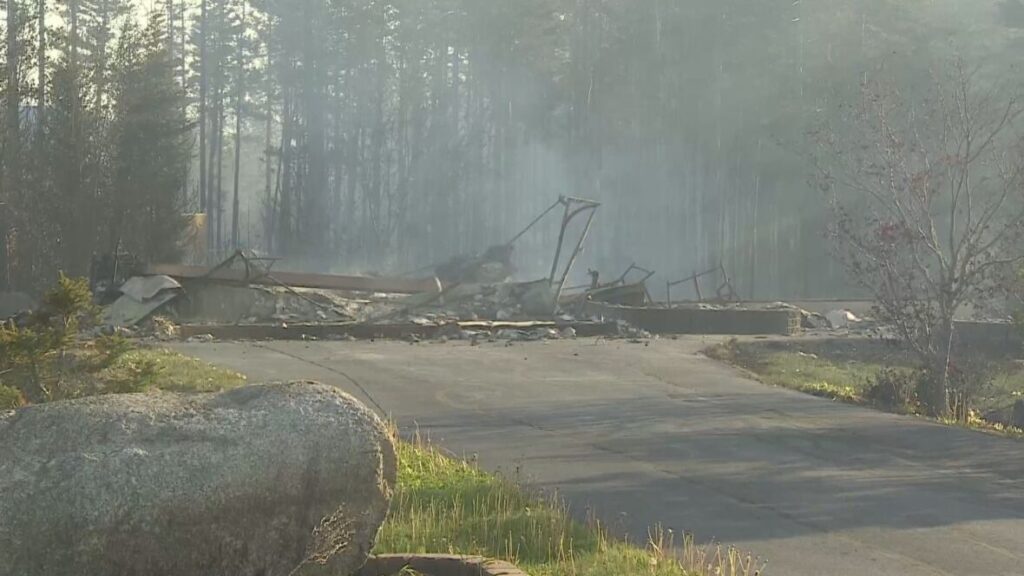
Introduction
The recent Tantallon fire in Nova Scotia has drawn considerable attention due to its rapid spread and the damage it has inflicted on the local community. As wildfires become increasingly common across Canada, understanding the impacts and lessons learned from such incidents is crucial for enhancing emergency preparedness and ecosystem management.
Details of the Incident
The Tantallon fire ignited on May 28, 2023, and quickly escalated, fueled by dry conditions and high winds. Firefighters from multiple agencies, including the Nova Scotia Department of Natural Resources and Renewables, battled the blaze for several days. By the time it was contained, the fire had scorched approximately 940 hectares, leading to the evacuation of over 100 homes in the Tantallon area and surrounding communities.
As emergency responses unfolded, the local fire departments and support services mobilized resources to aid affected residents. Community centers were set up for evacuees, and coordinated efforts from the Canadian Red Cross provided essential supplies to those displaced by the fire.
Response and Recovery Efforts
In the wake of the fire, inquiries into the cause are ongoing. Experts suggest that climate change is exacerbating the frequency and intensity of wildfires in the region. This incident has spurred discussions on the importance of wildfire management strategies and community awareness around fire safety.
The Nova Scotia government has announced plans to review and improve their fire response strategies to better protect at-risk areas from future wildfires. In addition, educational campaigns regarding fire prevention and preparedness will be intensified, highlighting essential steps for residents in fire-prone regions.
Conclusion
The Tantallon fire serves as a stark reminder of the growing threat posed by wildfires in Canada. As communities recover, the significance of proactive measures and effective emergency response can never be emphasized enough. The lessons learned from this incident will be crucial in shaping future wildfire management policies and community resilience strategies, ensuring that residents are better prepared for similar events in the future.

